A complex twin-charge engine - similar to one recently abandoned by Volkswagen - heads up the future at Volvo. The supercharger and turbocharger combination are designed to put Volvo into the high-performance league with 225kW-plus from a 2-litre four-cylinder engine.
Volvo, which unveils its new technology at next month's Frankfurt motor show, plans multiple applications and outputs from only two 2-litre engines - one diesel and one petrol.
This includes hybrid drive with plug-in storage, turbocharged, twin-charge and aspirated with direct petrol injection. Volvo's Powertrain vice president, Derek Crabb, says adding electric power such as plug-in hybrid technology, "we will reach power figures in the V8 territory."
"We have created smaller, more intelligent engines with power curves that give exciting driveability compared with engines with more cylinders yet deliver the fuel economy of only four cylinders."
Volvo now rids itself of the inline six and five-cylinder engines and will bundle hybrid plug-in and charging technology with the Swedish-made four-cylinder engine under the Drive-E logo. Previously, the new powertrains were devised under the Volvo Engine Architecture (VEA) umbrella.
Drive-E offers one diesel and one petrol engine in various outputs. They replace the current eight basic engines, slashing production and development costs in the same way the Volkswagen Group plan billion-dollar savings by using a single vehicle platform across multiple vehicle sizes and applications.
Drive-E bi-turbo diesels will range from 90kW-170kW and petrol versions will start at 104kW and go to 225kW-plus. Next month, for the European market, Volvo kicks off the program with the new S60, V60 and XC60. These will be available with three engines from the new engine family: the 228kW turbo-petrol T6; the 182kW T5 and the turbo-diesel D4 with 135kW. The T5 and the D4 will also arrive in the new Volvo V70, XC70 and S80.
The diesels claim a world-first i-Art technology featuring pressure feedback from each fuel injector instead of using a single-pressure sensor in the common rail. Volvo says i-Art means continuous monitoring and delivery of fuel to each combustion cycle and in each of the four cylinders.
"Increasing the common-rail pressure to 2500 bar, while adding the i-Art technology, can be described as the second step in the diesel revolution," Crabb says. "It is a breakthrough comparable to our invention of the lambda sensor for the catalytic converter in 1976. It's another world first in passenger cars for Volvo."
He says the combination of higher injection pressure and i-Art gives the engine improved fuel economy, considerably lower emissions, high performance and a powerful exhaust sound. The engines are mated to a new Swedish-built eight-speed automatic or a six-speed manual.
"Our four-cylinder engines will offer higher performance than todays six-cylinder units and lower fuel consumption than the current four-cylinder generation," Crabb says. "If you take a four-cylinder Drive-E engine versus any six-cylinder engine, there's a massive weight and size reduction for the same power. Fuel economy savings are anything from 10 to 30 per cent, depending on which engine you're comparing it to."
Volvo hasn't put a time frame on the launch of plug-in hybrid versions but says the Drive-E engines are prepared for future electrification from the start. "Key components, such as the Integrated Starter Generator, can be connected easily and the compact size of the four-cylinder engines means that the electric motor can be fitted in the front or rear of the vehicle," Crabb says.
"The battery pack will be located in the centre of the car." But don't think all this will be easy to spot. The boot badge mystery remains as Volvo plans to continues its current program. The T6, for example, identifies the car as having a six-cylinder engine but will remain for the new four-cylinder engine to indicate the most powerful version.
"The easiest way to understand it now is for the T (and D) numberings being representative of power outputs, not cylinders," says Volvo Australia spokesman Oliver Peagam. "So a T6 is the highest petrol output engine and a T4 the lowest (in Australia). Same with the diesel D5 and D2. It's nothing to do with cylinders anymore."





.jpg)









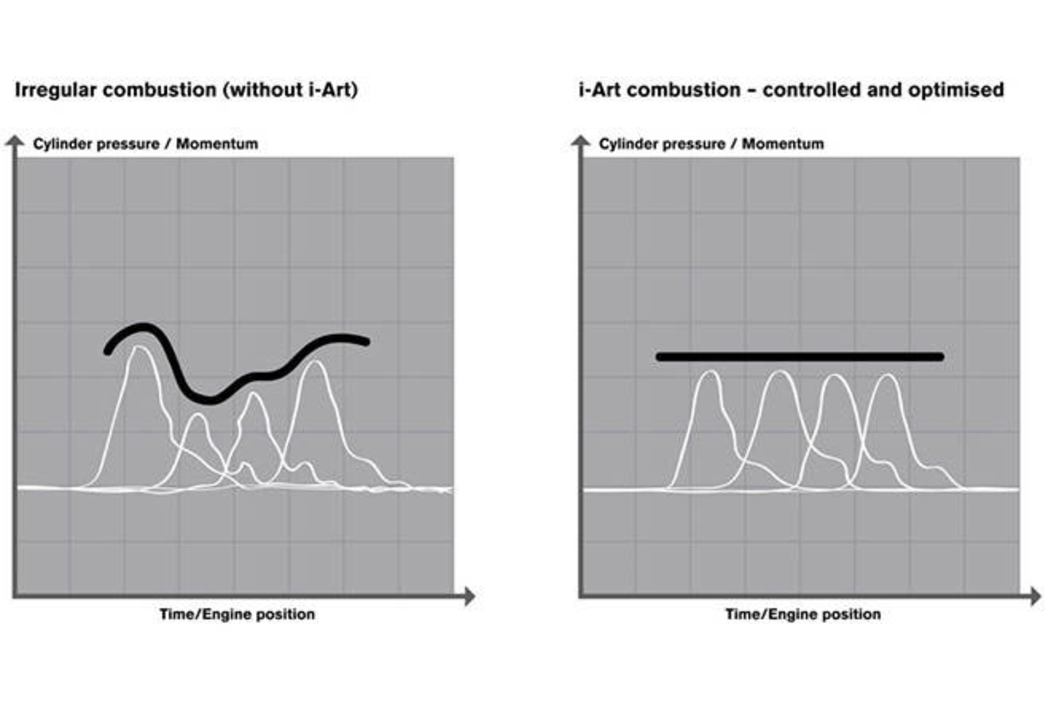






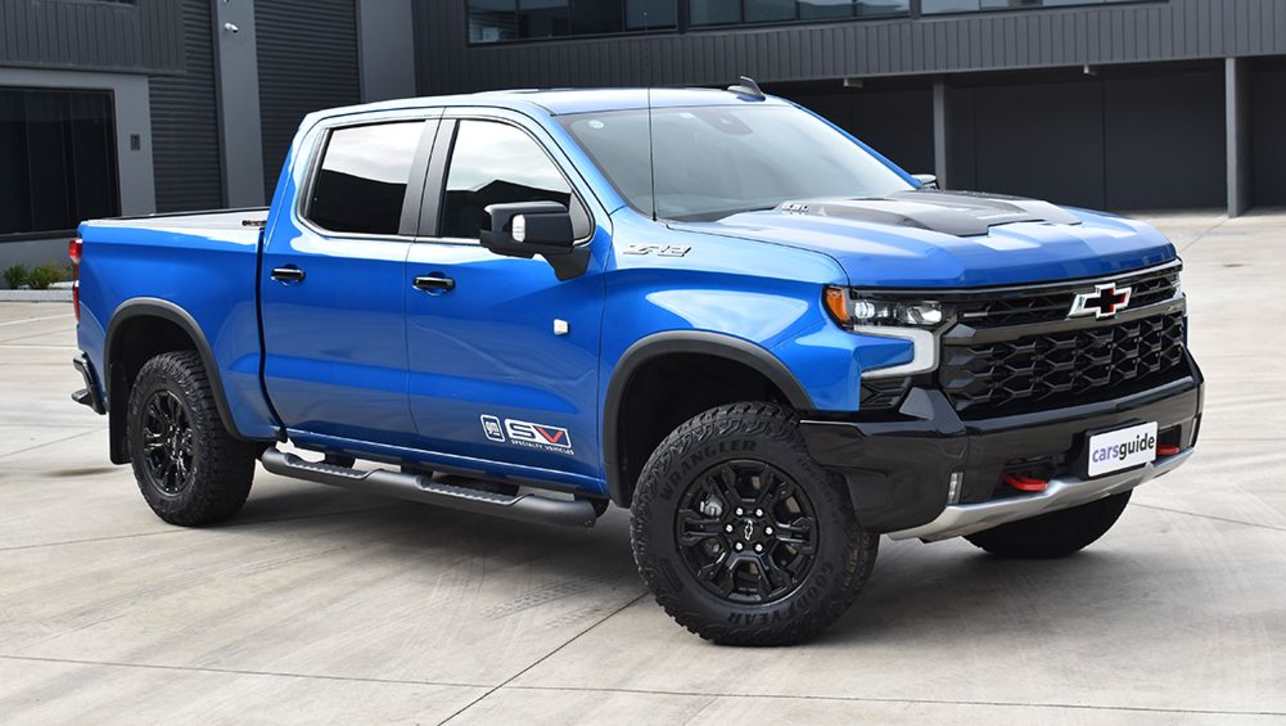
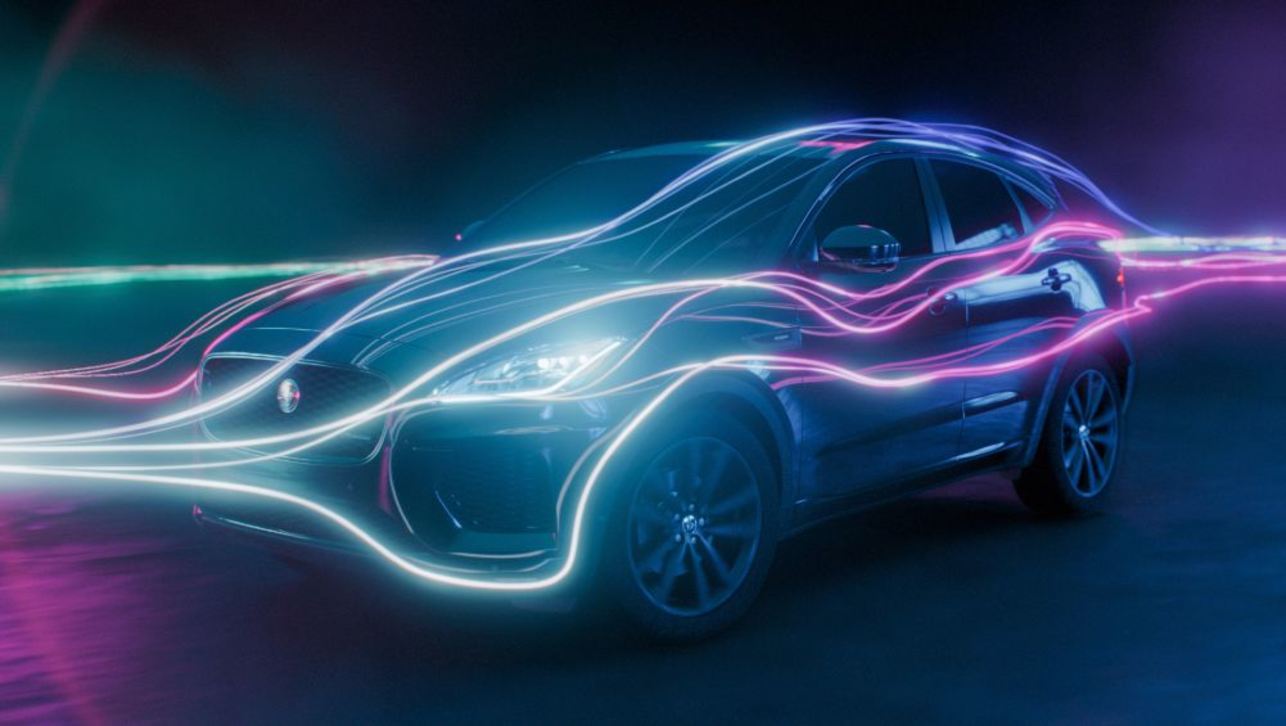
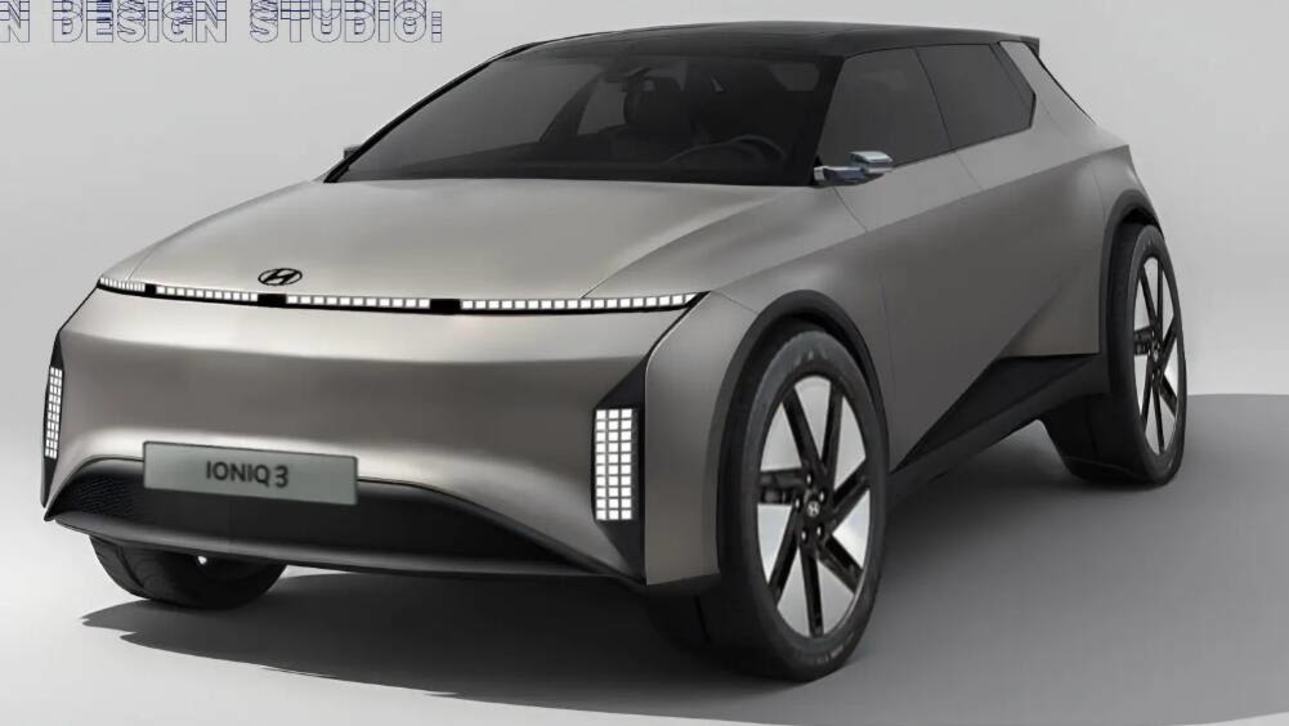
.jpg)
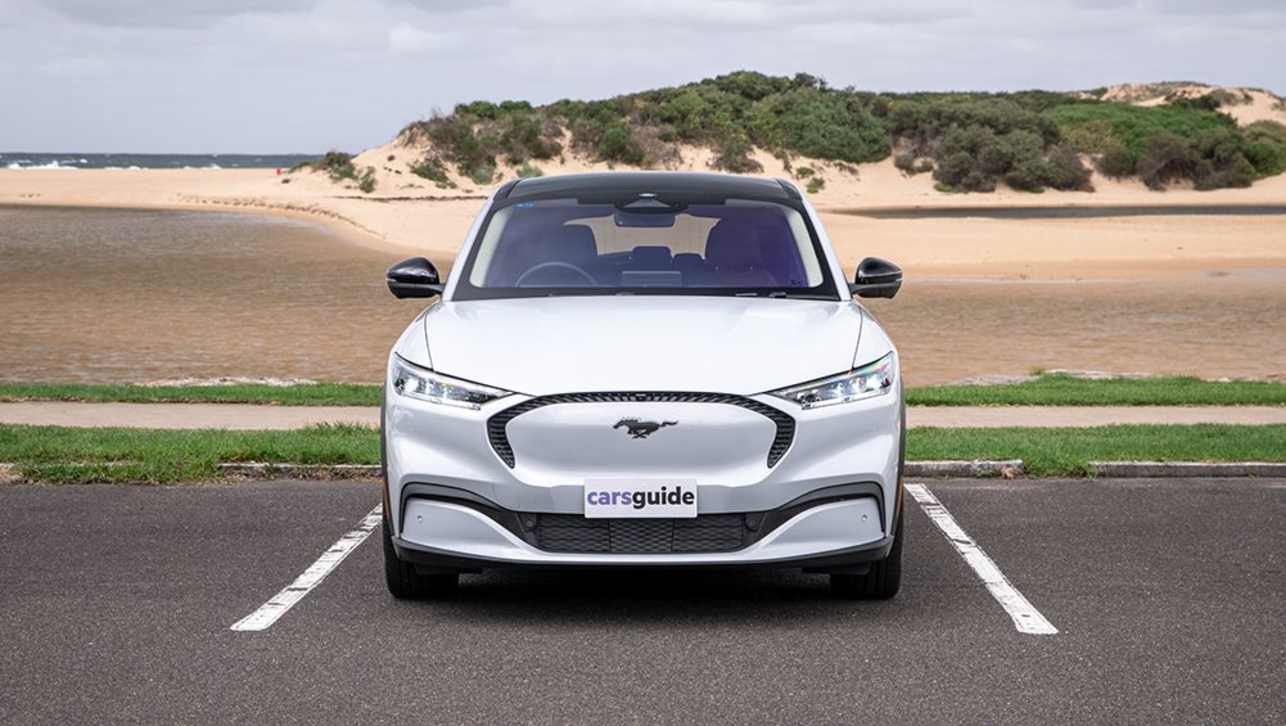
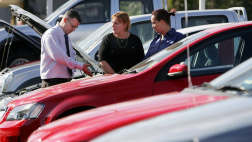
.jpg)
.jpg)

.jpg)
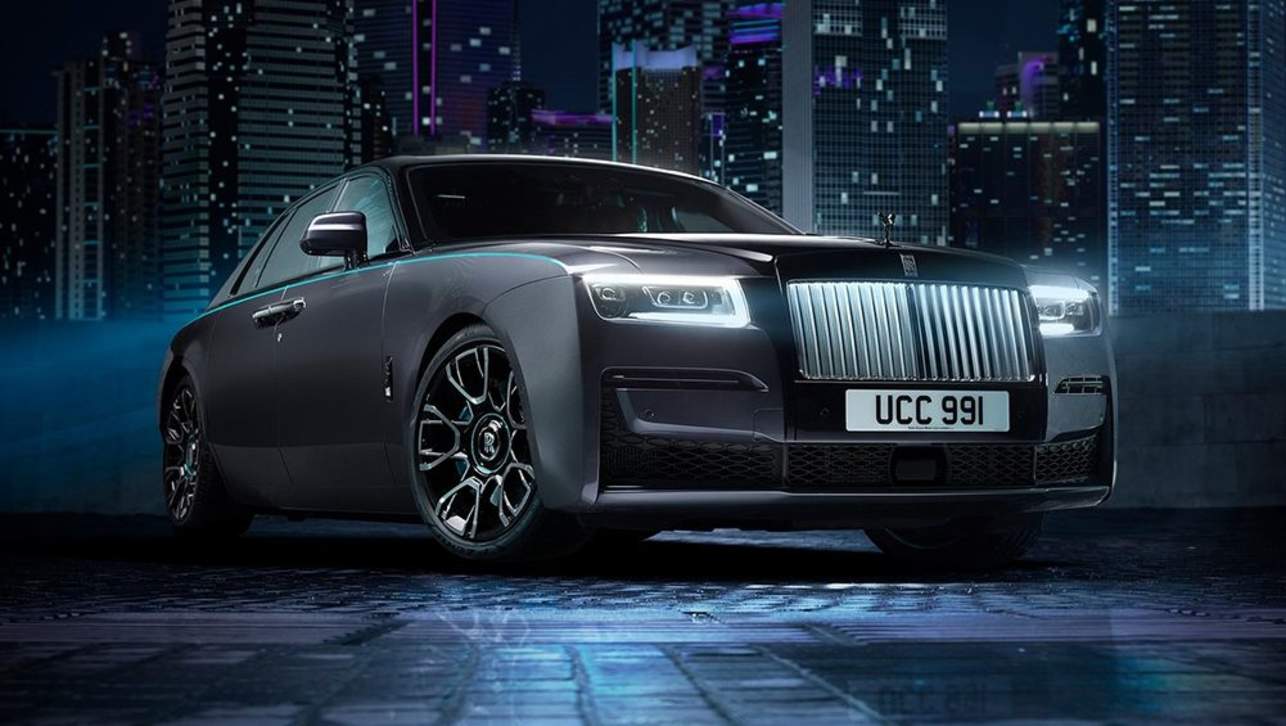
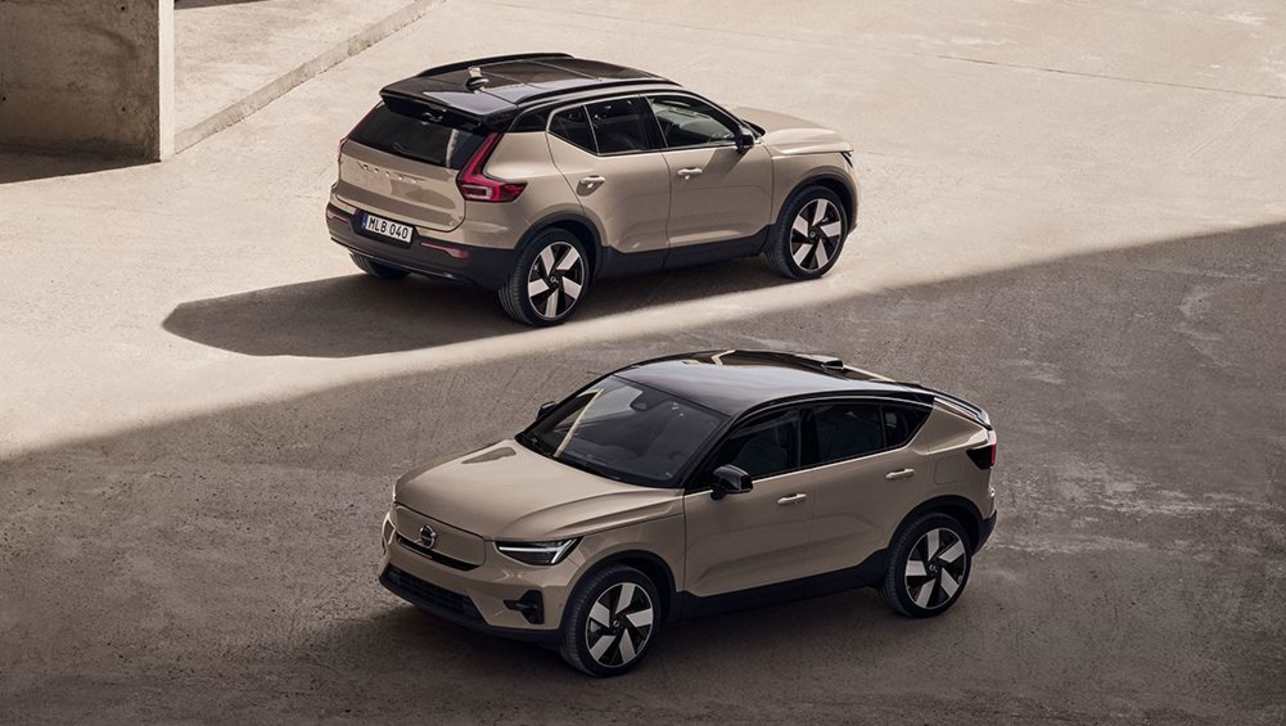
.jpg)

.jpg)

.jpg)
Comments